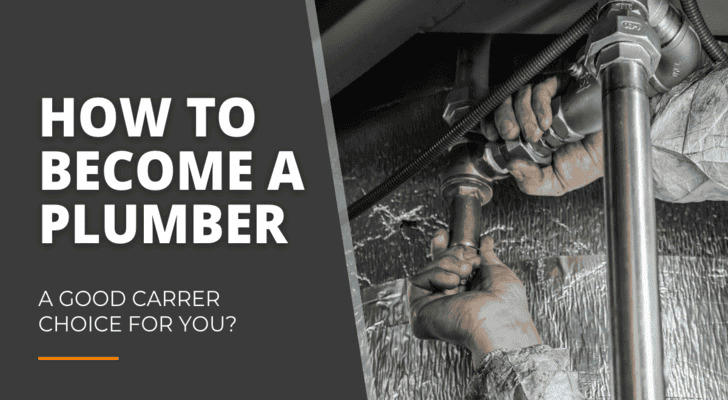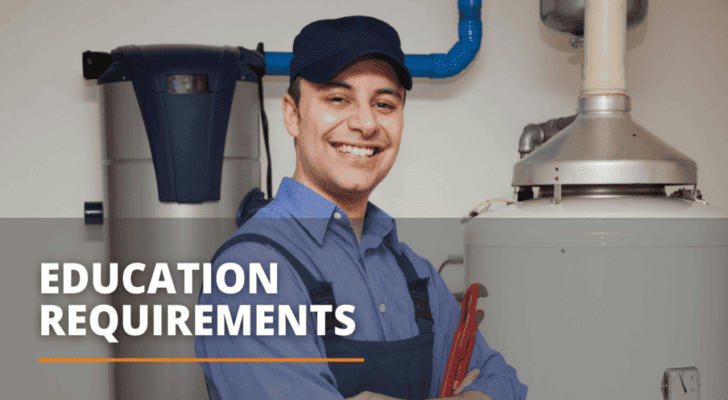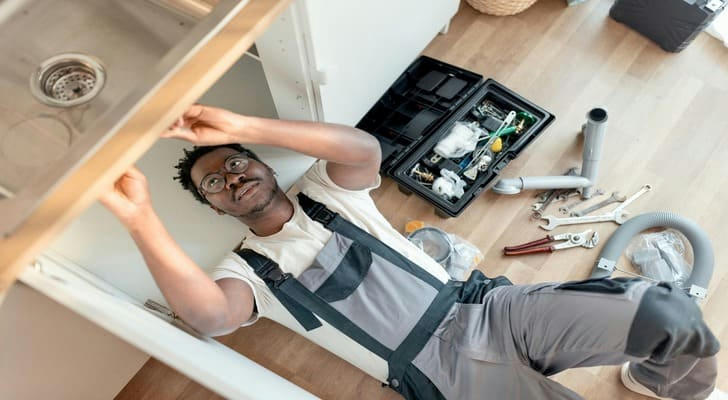Becoming a Certified Plumber: A Complete Guide from Training to Certification
Becoming a certified plumber can be a rewarding career choice for those who enjoy working with their hands, solving problems, and providing essential services to households and businesses. Plumbing is a skilled trade that offers job security, potential for advancement, and a variety of opportunities. However, like most skilled trades, it requires a combination of education, training, and hands-on experience to become proficient. This guide will walk you through the steps involved in becoming a certified plumber, from training to the final certification, so you can confidently pursue a career in plumbing.

The Basics of Plumbing Certification
Before embarking on a journey to become a certified plumber, it’s important to understand what plumbing certification entails. Certification is a formal acknowledgment from a governing body that you have met the necessary standards of knowledge and expertise in plumbing. Being certified not only demonstrates professionalism but also ensures you have the skills needed to complete plumbing jobs safely and efficiently. In the United States, requirements for plumbing certification vary by state and locality, so it's essential to familiarize yourself with local regulations.

Step 1: Completing a Plumbing Training Program
The first step in becoming a certified plumber is to complete a plumbing training program. These programs are typically offered through trade schools, vocational colleges, or community colleges. The curriculum in these programs covers a wide range of plumbing topics, including:
Plumbing systems: Understanding how water and waste systems work, including piping, fixtures, and drainage systems.
Tools and equipment: Learning how to properly use plumbing tools, including pipe wrenches, augers, and cutting tools.
Blueprint reading: Knowing how to read and interpret blueprints to install and maintain plumbing systems.
Codes and regulations: Familiarizing yourself with local plumbing codes and regulations, which ensure safety and compliance.
Safety practices: Understanding the importance of safety on the job, especially when working with pressurized systems, chemicals, and tools.
Most plumbing training programs combine classroom instruction with hands-on practice, allowing students to gain both theoretical knowledge and practical skills.
Step 2: Gaining Hands-On Experience through an Apprenticeship
After completing a plumbing training program, the next step is to enter into an apprenticeship. Apprenticeships are an essential part of becoming a certified plumber. They allow you to work under the supervision of an experienced plumber, gaining real-world experience and honing your skills. The apprenticeship typically lasts between 4 and 5 years, during which you will:
Learn the trade: Work alongside a journeyman or master plumber to complete real plumbing projects. You will learn how to install and repair pipes, fixtures, and appliances, as well as troubleshoot plumbing issues.
Earn while you learn: During your apprenticeship, you will be paid for your work, which helps you financially while gaining valuable experience.
Attend additional coursework: Many apprenticeships require continuing education to further develop your skills. This may include additional training on local plumbing codes, safety standards, or advanced plumbing techniques.
By the end of the apprenticeship, you should have the necessary knowledge and experience to become a journeyman plumber.
Step 3: Becoming a Journeyman Plumber
Once you’ve completed your apprenticeship, you are eligible to take the exam to become a journeyman plumber. The journeyman plumber exam tests your knowledge of plumbing systems, safety practices, codes, and regulations. You will need to study local plumbing codes and industry standards to pass this exam. The exact requirements for the journeyman plumber exam will vary depending on your state or region, so it's important to check with your local licensing authority for specific details.
Becoming a journeyman plumber allows you to work independently, though you may still be required to work under the supervision of a master plumber for more complex projects. As a journeyman, you are qualified to handle a wide range of plumbing jobs, from installing water heaters to repairing pipe systems in residential and commercial buildings.
Step 4: Obtaining Your Plumbing License
Once you have successfully passed the journeyman exam, the next step is to obtain your plumbing license. The license allows you to legally work as a plumber in your state or locality. Licensing requirements vary by state, but most require plumbers to pass a licensing exam that covers plumbing knowledge, local codes, and regulations.
In addition to passing the exam, you may need to meet other requirements, such as:
Providing proof of work experience: You may need to show documentation of your apprenticeship and journeyman experience.
Submitting a background check: Some states require plumbers to undergo a criminal background check as part of the licensing process.
Paying licensing fees: There are typically fees associated with applying for and maintaining your plumbing license.
Once you are licensed, you are legally qualified to work as a plumber, either for a company or as an independent contractor.
Step 5: Pursuing Certification as a Master Plumber
For those who want to take their plumbing career to the next level, becoming a master plumber is the final step. A master plumber is an expert in plumbing systems, and this designation demonstrates advanced knowledge and leadership in the field. Becoming a master plumber requires additional years of experience and further education, as well as passing a more advanced exam.
As a master plumber, you can:
Supervise apprentices and journeymen: Master plumbers are often in charge of overseeing the work of less experienced plumbers.
Start your own plumbing business: If you're interested in entrepreneurship, becoming a master plumber opens the door to running your own plumbing company.
Specialize in certain areas: Some master plumbers choose to specialize in areas such as green plumbing or commercial plumbing, offering high-demand services.

Conclusion
Becoming a certified plumber is a process that requires time, dedication, and hard work, but the rewards are well worth the effort. By completing a plumbing training program, gaining hands-on experience through an apprenticeship, passing exams, and obtaining necessary licenses, you can achieve your goal of becoming a certified plumber. Whether you are looking for job security, the opportunity to work independently, or the chance to run your own business, plumbing offers a wide range of career possibilities for those who are committed to the trade.
